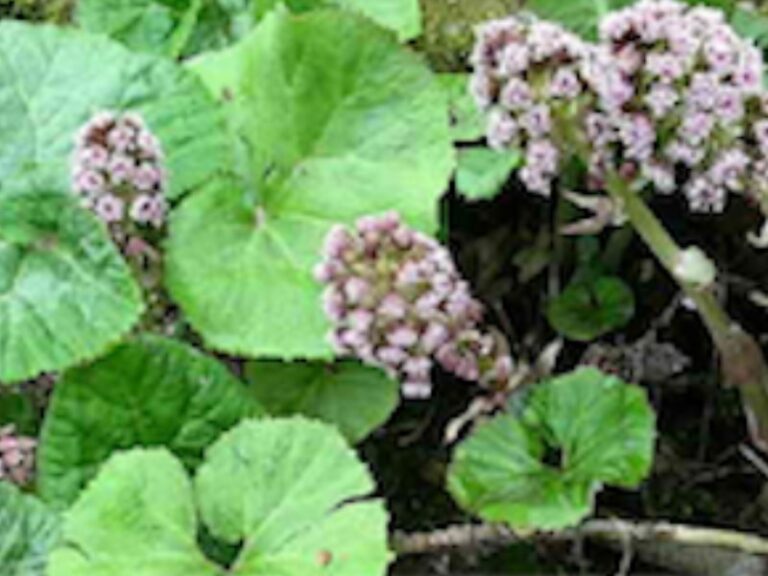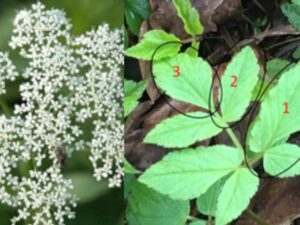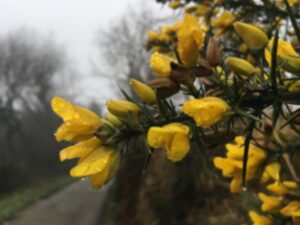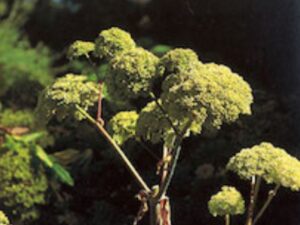Butterbur – Petasites vulgaris
As an adult and a herbalist, I now also treasure this plant for its healing properties. Butterbur is found throughout Great Britain and Europe except in the far north. It grows in wet ground, marshy meadows and riversides and it has the largest leaf of any plant found growing in Britain, which can reach 3 feet in diameter.
Its genus name – Petasites comes from the Greek word petasot – a felt hat worn by shepherds. Butterbur was the British name given to it as it is believed that the large leaves were used to wrap up butter on hot days. Germany gave this plant the name Pestilenzenwurt, meaning the plague flower. This brings us closer to its medicinal values. Ancient herbalists revered it as a herb of great value in times of the plague. Lyte, in his herbal in 1578 calls it ‘a sovereign medicine against the plague’ which is one of the earliest recorded usages of a herb that we have to date. Today it is still used for fevers, pain and as a heart tonic. It can be used for colds and flu and is useful in urinary complaints due to its diuretic properties. Its pain-relieving and sedative action also make Butterbur a good plant to use for gallbladder pain.
The fresh plant is better to use than dried. Leaves and flowers are collected in spring, roots and rhizomes in the summer. This is not a plant that can be used long term due to its alkaloid content but it is very effective for acute conditions.
I still use its giant leaves today in the summer to protect my head from sun or rain while walking by the riverside, but alas I have grown and no longer feel like a fairy.
Jayne
And finally
Poem by my good friend Nadia Kingsley – find out more about Nadia at her website.
Pub Quiz
It’s not fair! I announce, as I set our four pints down
for we’re ready to drown our most recent defeat
to the Couch Potatoes (and the rest of them). With Bitter aloft,
we shout Here’s to the Herbalists! Then I expound:
I mean –
why aren’t there questions
on what herb can treat
the most obstinate sciatica
or which of all plants
has the largest leaves in Britain?
Butterbur! says Pete
And its seeds sown on a Friday,
a half hour before sunrise
will conjure up your future husband!
That’s a myth, I reply,
but to the rest, I say this: Let’s toast the damned lot of them!
We raise glasses again, and as the pub fills all conversation
sounds the same: Rhubarb, Rhubarb, Rhubarb.
I smile at this –
for Butterbur leaves
share a similar shape to that pink-stemmed vegetable.




